Need a gentle, alcohol-free solution that's easy to administer, even to the most sensitive? Weleda triturations available on Soin-et-Nature offer a powder form ideal for infants, children, animals or any fragile person. Their fine texture allows for gentle assimilation, while ensuring even distribution of the active ingredient for precise, reassuring daily use.
More details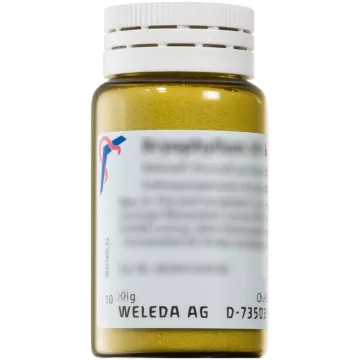
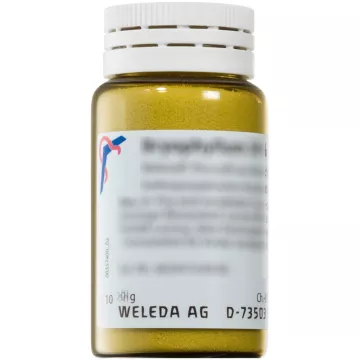
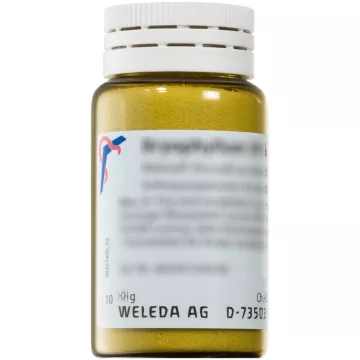
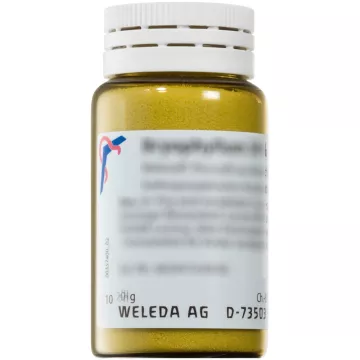
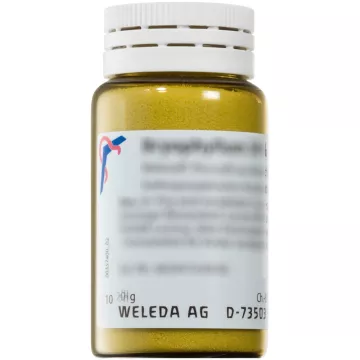
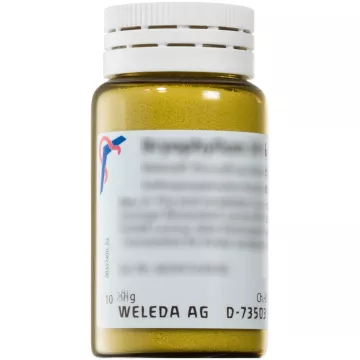
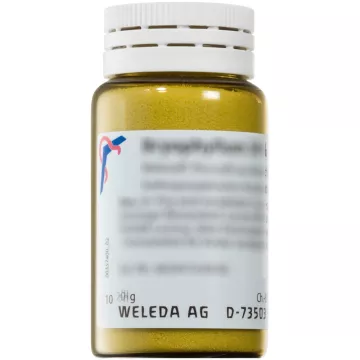
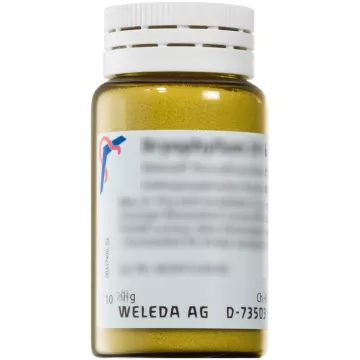
The Weleda laboratory offers a range of homeopathic medicines in the form of triturations, also known as oral powders. Less well-known than granules or drops, this galenic form nevertheless offers many advantages, particularly for young children, infants, animals and people with swallowing difficulties.
Triturations are obtained by diluting insoluble substances (generally of plant, mineral or animal origin) in a powdered lactose base, ensuring even distribution of the active ingredient. They are manufactured according to traditional homeopathic principles, with dynamization and succussion.
The powder form is particularly recommended for babies under one year of age, as it is easy to administer and better tolerated than granules. It can be given :
This method is also suitable for pets, and can even be used in homeopathic gardening to treat certain fragile plants, according to veterinary or specialized recommendations.
Weleda triturations are administered according to simple dosages: the general rule is to take 1 to 2 scoops per dose, to be repeated according to the frequency prescribed by the doctor or homeopathic pharmacist.
Unlike drops, whose dosage may depend on body weight, triturations - like granules - are prescribed uniformly, whatever the patient's age or weight. This makes them easy to integrate into a therapeutic routine, even in the case of paediatric follow-up.
Although using the same homeopathic strains, triturations and granules are not directly equivalent, as their manufacturing processes differ:
As a guide, a common prescription for Calcarea composé granules is 5 granules twice a day, while triturations usually recommend 1 scoop three times a day. Dosage may vary according to pathology, duration of treatment and patient response.